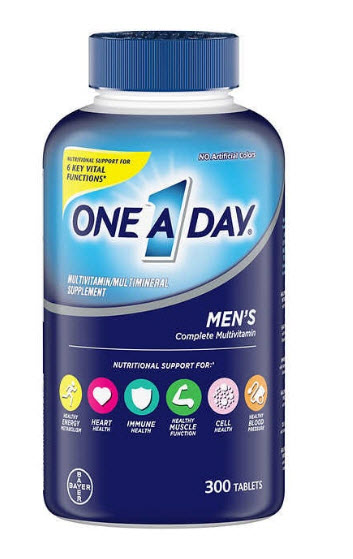Brand planning. Soft claim, hard proof.
The best definition for brand planning I’ve come up with is “an organizing principle for product, experience and messaging.”
The way I organized a brand plan is with one claim and three proof planks. The support or proof planks must be connected and prop up the claim. Interestingly, the support planks don’t have to be in harmony…and often aren’t. For instance, if one plank is “brilliantly engineered” and another is “competitively priced” those two things are often at odds. But that’s a different story.
I’ve recently come to the conclusion that the brand claim or promise, as some call it, needs to be soft. When soft it can cover a lot of ground — meaning nuanced things to different people. A good soft claim is friendly, strong and conveys approachable meaning. Product cheer leading is not appropriate, but cheer leading may be. A good soft claim is like an emollient. It should offer a bit of whimsy.
Proof, on the other hand, must be hard. Oak hard. Because these are the things that drive product development, company behavior and consumer perception. They are the reasons to believe the claim. They are hard because when you conceive and array demonstrations beneath each proof plank there should be no room for interpretation. They are either “on plan” or “off.”
One soft claim, three hard proofs. This is how we do–oo it. Peace!






